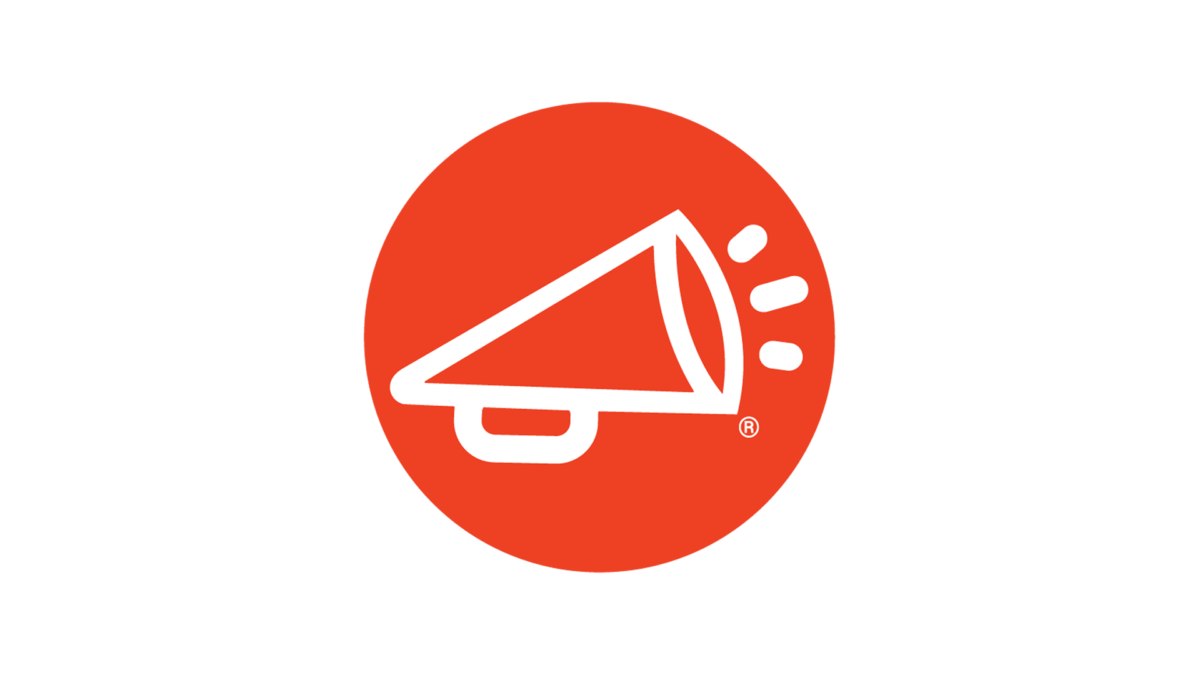

The world we live in has changed tremendously over the past few years. We are far more exposed to new cultures, ideas, and experiences today than we ever were before – and this has become more evident in the workplace due to greater diversity.
Companies that recognize the importance of diversity and inclusion enjoy numerous competitive benefits. It’s even more beneficial if members of the diverse workforce are present in all tiers of the organizational structure. For instance, companies with above-average diverse management report 19 percent higher innovation revenues than others. Likewise, a McKinsey report shows ethnically-diverse executive teams outperform their peers by 33%.
Workplace diversity can improve customer relations too. An HBR study indicates commonalities between team members and end users improve communication. The likelihood of understanding increases by 152% when the customer service representative and client have shared ethnicity.
Companies can mandate diversity, but they have to cultivate inclusion
Janet Stovall, inclusion advocate at TED Talks
About 67% of job seekers check for workplace diversity when evaluating companies. So, a lower staff turnover rate and a chance to employ the best talent are also in the cards for such businesses. However, simply hiring people from different racial backgrounds does not magically transform the workforce into a well-oiled machine. For that, companies need to practice workplace inclusivity.


Ensuring that employees feel included is equally crucial. Diverse workplaces consist of employees from different socio-economic, gender-based, and ethnic backgrounds. However, it’s inclusivity that ensures they feel like they belong and contribute to the company’s overall success. Every employee needs access to equal participation, performance, and compensation, irrespective of their background..
Since diversity and inclusion go hand in hand, the results of the Deloitte survey should not surprise most employers. Between 72%-80% of workers will leave their jobs if they cannot:
Employees are more productive when they feel they belong, are heard, and are able to be their authentic selves at work. For example, among those who feel they belong at their company, 73% say they are empowered to perform their best work.


Employee recognition is a transformative force that can build and sustain an inclusive culture. Through it, company leadership signifies what they value and who will thrive. If you have an intuitive, well-designed recognition system, you can use it to celebrate diverse contributions and perspectives in your company.
A recognition program that lets you root company culture in shared values should:


Provide specialized training to the managers and the entire staff
As mentioned above, companies benefit from ethnically-diverse executive teams. They will also be more successful in promoting inclusive cultures with the right people at the top. Managers act as bridges between employees and the executive team . Thus, they should be knowledgeable about handling diverse workforces. Educating and training them is crucial if they are to provide support and understanding to all employees.
To ensure D&I intelligence and awareness, organizations can:
Make D&I an integral part of your internal and external company communication across all channels and media
Company cultures that embrace D&I also encourage open conversations. Internal communication tools, such as Slack and Microsoft Teams, can be used for sharing relevant material to a diverse workforce. Companies can act as hosts for volunteering opportunities and help out communities that face blatant and continuous discrimination on an external front.
Enable peer-to-peer recognition
An inclusive workplace encourages employees to reward and recognize good behaviors. Thus, workers who respect their peers’ customs and needs should be appreciated. By acknowledging such behavior, companies and employees can indicate it is a part of their work culture and values.
Recognize for providing help, coaching, or mentoring
Workplace inclusivity is easier to sustain if company leadership can communicate their expectations to their workforce. So, keep a channel open for inclusion concerns. Employees should feel free to talk about their concerns and know their managers will respond without any assumptions. A diversity panel can ask for regular feedback about the employee experience. Such a panel should be highly transparent and work to solve unconscious biases.
Celebrate differences
Companies that respect cultural and traditional differences also celebrate them. To cement workplace inclusivity in your organization, ask your employees to participate in such celebrations . For instance, by bringing traditional foods to company potluck lunches. Most importantly, ensure everyone’s feedback has a place in the organization’s decision-making processes.


A well-designed recognition program is instrumental in building an invincible and talented task force. It promotes the building of an inclusive work culture too. Embrace your workforce’s differences and unique talents, and reward them with the best platform for that very purpose. Employee recognition is crucial to engagement and inclusive culture-building. So, why not leverage the best app, WorkProud, centered on employee recognition?
What is an inclusive work environment?
An inclusive workplace values the differences –individual and group — within its workforce. In such work environments, all employees – whether diverse or not – feel valued, included, and integrated rather than isolated because of what makes them unique.
What is an inclusive workplace culture?
In an inclusive culture, respect, equity, and positive recognition are cultivated towards all employees. It’s a climate where the social and institutional responses to diversity and disability don’t prevent any employee from having a positive employment experience.
What are some examples of diversity?
Diversity can be divided into four major types. It can be internal, for example,( age, culture, and race), external (interests, education, and appearance), organizational ( job function, seniority, and department), and world view ( events, politics, and history).
WorkProud is committed to helping its clients create a unified approach to the employee experience by helping them build cultures of workplace pride. Trusted by millions of users at some of the world’s most recognized employer brands, WorkProud delivers a comprehensive approach to building company cultures that inspire people to be Proud of their Work and Proud of their Company.




Every month, we share news, knowledge, and insight into what we believe is a pretty simple proposition: If you are “proud of your work and proud of your company,” you are more engaged, more productive, and more likely to stay with your company for the long haul.
*By selecting “SIGN UP,” you agree to WorkProud’s Privacy Policy. You may unsubscribe from our newsletter at any time. Please note when unsubscribing: it may take up to 10 business days for your request to take effect.